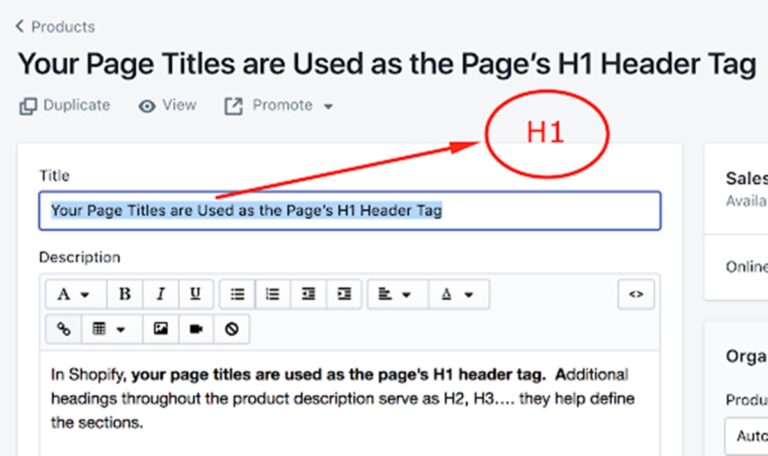In today’s digital age, having an effective online presence is essential for any organization, and churches are no exception. A well-designed church website can be a powerful tool for connecting with both congregation members and newcomers, sharing information, and spreading the message of faith. In this article, we’ll explore the key elements of a successful church website and how it can play a crucial role in fostering a sense of community and engagement.
Table of Contents
- Introduction: The Digital Transformation of Churches
- Crafting an Engaging Homepage
- Sharing Sermons and Worship Experiences Online (H1)
- Events and Announcements: Keeping the Congregation Informed (H1)
- About Us: Telling Your Church’s Story (H1)
- Ministries and Outreach: Getting Involved (H1)
- Blogging: Providing Inspirational Content (H1)
- Online Giving: Supporting the Church Financially (H1)
- Testimonials: Sharing Personal Stories of Transformation (H1)
- Photo and Video Galleries: Capturing Precious Moments (H1)
- Contact Information and Location Details (H1)
- Mobile-Friendly Design: Reaching On-the-Go Users (H1)
- Social Media Integration: Extending Reach and Engagement (H1)
- Security and Privacy: Protecting Your Congregation (H1)
- Conclusion: Embracing the Digital Journey Together
Introduction: The Digital Transformation of Churches
As the world becomes more interconnected through the internet, churches are embracing the digital landscape to reach a wider audience and create meaningful connections. A church website serves as a virtual front door, welcoming both current members and newcomers into the fold. In an era where people often turn to the web for information, a well-structured and visually appealing website is a must.
Crafting an Engaging Homepage
The homepage of your church website is like the cover of a book – it needs to be compelling and provide a snapshot of what lies within. Utilize high-quality images of your congregation and worship services to showcase the vibrancy of your community. Place important information such as service times, contact details, and upcoming events front and center.
Sharing Sermons and Worship Experiences Online (H1)
In a busy world, not everyone can attend every service. By uploading sermons and worship experiences online, you give members the chance to engage with the content even if they can’t be there in person. This also allows newcomers to get a sense of your church’s teachings and style before stepping through the doors.
Events and Announcements: Keeping the Congregation Informed (H1)
Whether it’s a bake sale, a community service project, or a special sermon series, keeping your congregation informed about upcoming events is crucial. A designated section for events and announcements ensures that everyone stays in the loop and has the opportunity to participate and contribute.
About Us: Telling Your Church’s Story (H1)
Every church has a unique journey and a distinct sense of purpose. Use the “About Us” section to share your church’s history, values, and mission. This helps visitors connect with the heart of your community and understand what sets your church apart.
Ministries and Outreach: Getting Involved (H1)
Churches are often at the forefront of community service and outreach. Highlight the various ministries and outreach programs your church is involved in, along with opportunities for members to get actively engaged. Whether it’s a food pantry, a youth group, or a counseling service, showcasing these initiatives encourages participation.
Blogging: Providing Inspirational Content (H1)
Blogging is an excellent way to provide regular doses of inspiration, encouragement, and thought-provoking content to your congregation. Share reflections on scripture, personal testimonies, and insights into relevant topics. This not only keeps visitors coming back but also positions your church as a source of guidance and wisdom.
Online Giving: Supporting the Church Financially (H1)
Incorporate a secure online giving platform to make it easy for members to contribute financially to the church. Many people prefer digital payment methods, and providing this option demonstrates your church’s adaptability and commitment to meeting the needs of modern-day supporters.
Testimonials: Sharing Personal Stories of Transformation (H1)
Personal stories have the power to touch hearts and inspire change. Encourage members to share their testimonies of how faith and community have transformed their lives. These narratives create a sense of relatability and authenticity, helping visitors connect on a personal level.
Photo and Video Galleries: Capturing Precious Moments (H1)
A picture is worth a thousand words, and videos add an extra layer of engagement. Create galleries showcasing baptisms, community events, volunteer efforts, and more. Visual content brings the vibrancy of your church to life and lets visitors experience the warmth and camaraderie firsthand.
Contact Information and Location Details (H1)
Make it easy for people to get in touch by providing clear contact information, including phone numbers, email addresses, and a physical address. Incorporate an interactive map for easy navigation, ensuring that newcomers can find their way to your church without any hassle.
Mobile-Friendly Design: Reaching On-the-Go Users (H1)
With the majority of internet users accessing websites via mobile devices, having a responsive and mobile-friendly design is paramount. A website that adapts seamlessly to different screen sizes ensures that everyone, regardless of their device, can access your content comfortably.
Social Media Integration: Extending Reach and Engagement (H1)
Extend your church’s reach by integrating social media platforms. Link to your church’s social media profiles, allowing visitors to connect with you on various channels. Social media also provides a platform for sharing content, engaging in discussions, and building a digital community.
Security and Privacy: Protecting Your Congregation (H1)
As you build your online presence, prioritize security and privacy. Ensure that sensitive information is protected and that your website complies with data protection regulations. A secure website fosters trust among visitors and reflects your commitment to their well-being.
Conclusion: Embracing the Digital Journey Together
In a world driven by technology, churches have a unique opportunity to spread their message and build meaningful connections through well-designed websites. By embracing the digital journey together, congregations can extend their reach, foster engagement, and create a welcoming online space that reflects the warmth and inclusivity of their physical gatherings.




